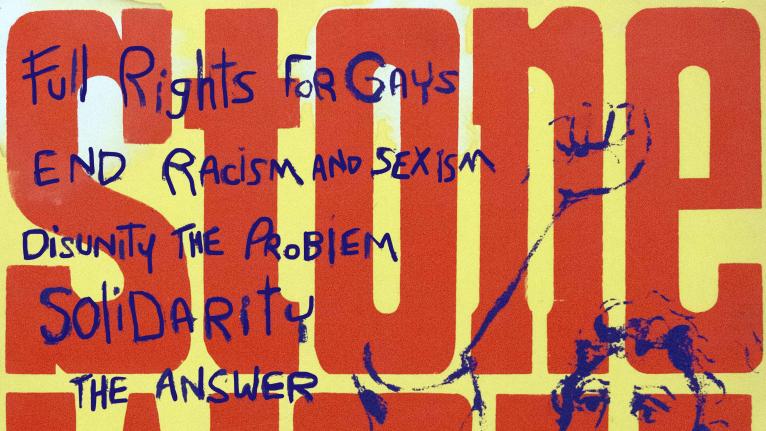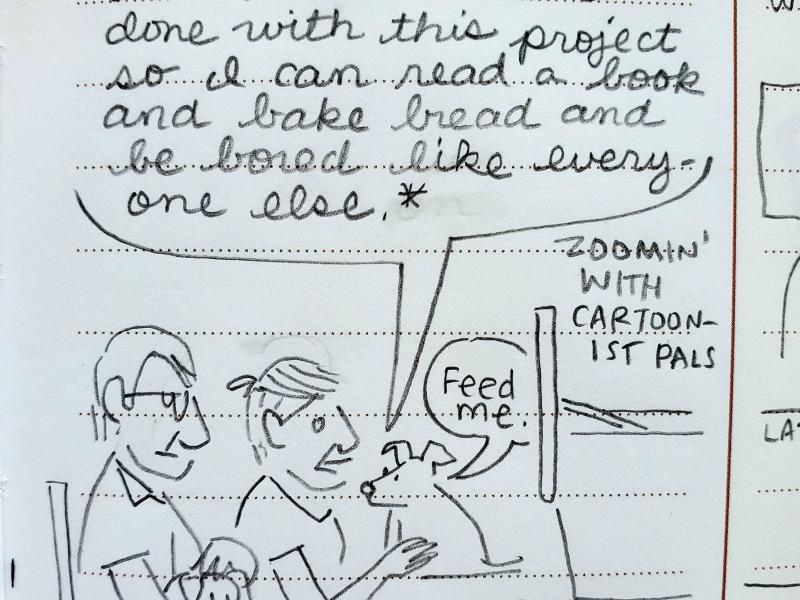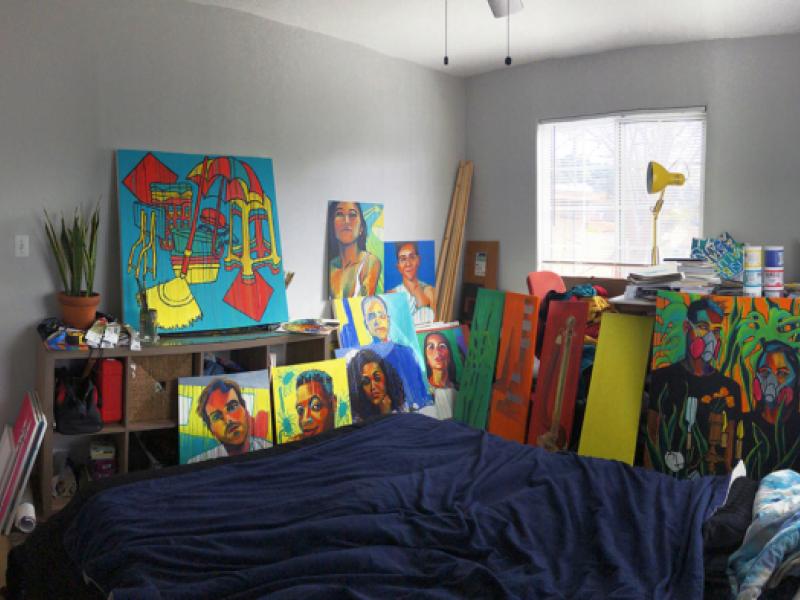Safer at Home is an online exhibition of objects from the ONE Archives Collection at the USC Libraries organized by its curator, Alexis Bard Johnson. Safer at Home is an invitation to examine the many facets of home as well as what safety means and looks like for LGBTQ populations—both past and present. The selected items resonate with and reflect on the idea of “safer at home.” They act as a mirror—bringing the past into the present and offering perspective on what is happening today. They highlight people, events, and activities that offer inspiration, comfort, or even challenge to us in the present.
Language Matters
This project is a direct response to our current global crises—both the pandemic and protests against police brutality and for Black lives. In the past weeks, the stream of news has been constant and overwhelming. Throughout the articles, posts, Instagram feeds, and livestreams, the language used to describe the present moment and circumscribe behavior has been striking. It started with response to the pandemic. First, we had a “lockdown”, but that feels punitive and scary. Lockdown was soon replaced with “shelter-in-place,” which, while more accurate and still used, conjures natural disasters. Finally, the more uplifting “safer at home” became the standard phrase used by government officials to require people to remain at home except for essential tasks or work. This phrase is particularly intriguing because it is meant to communicate the behavior necessary to combat the global pandemic but also calls to mind times when being at home is not the safest choice. In light of recent protests, the phrase also draws attention to the stark privilege of the term-- Who’s safety? Who’s home? Safety as defined by whom?
While the exhibition began as a way to reflect on the ordinance issued in response to the coronavirus pandemic, it now applies equally to the protests in response to police brutality. They are, of course, inseparable. Covid-19 is disproportionately affecting marginalized individuals. Police are killing black and brown and trans individuals. The exhibition will continue to probe what “safer at home” means in a world shaped by structural racism, classism, sexism, homophobia, and transphobia. Using archival material as a lens, this project will pose questions and challenge ideas about space, place, and activity in relationship to safety and freedom.
My weekly selections and additional uploaded images will interrogate these relationships to home and think about the everyday, the domestic, and illness. What is home? How do we make home? How do we exist at home? How is the home stifling? Constraining? Creative? Interactive? How do we have fun at home or mourn from home? How do we craft and care for our safer-at-home selves? What do we hold onto, what do we create anew, and what do we let go of? How do we create and fight for safety? And how do we deal with the fact that safety is relative? Who and how people are safe are governed by systems of oppression deeply rooted in this society.
Why Now?
This watershed moment calls for all of us to take risks and re-think how things are done. Exhibitions take an enormous amount of work and research behind the scenes before they go on view to the public. This is an effort to pull back the curtain and show this process. Essentially, this exhibition will develop week by week, in public view. This degree of transparency is daunting but appropriate as a metaphor for the more open and less judgmental space we would like to see in a new “normal.”. As the collection grows and I add more content, I will group and rearrange the entries to suggest themes and through-lines in the material.
Visual culture acts as a lens to examine historical moments as well as the present. Images are deeply rooted in their own particular time, but, as objects, they exist and make meaning in the present. It is the hope that this collection of images serves as a connection to a previous history and as a tool to help us better understand and parse the present moment. As an art historian, this is what I can offer to help us navigate our way through the tangle of thoughts and feelings we are experiencing.
To visit the exhibition and read more about the above image CLICK HERE.



